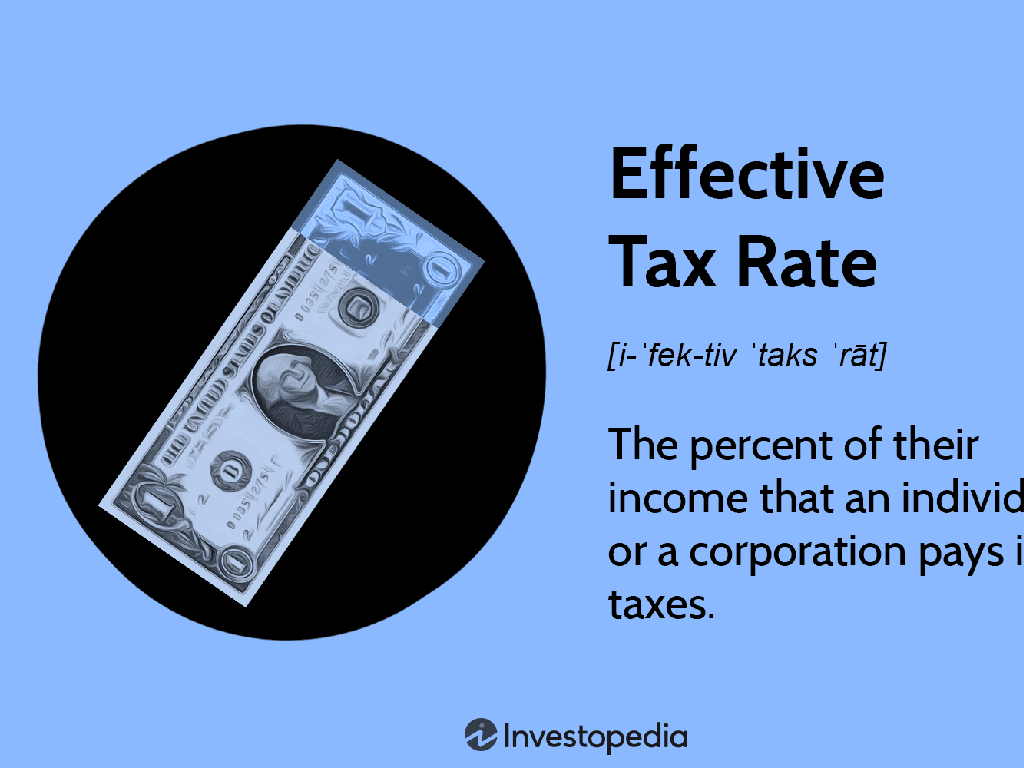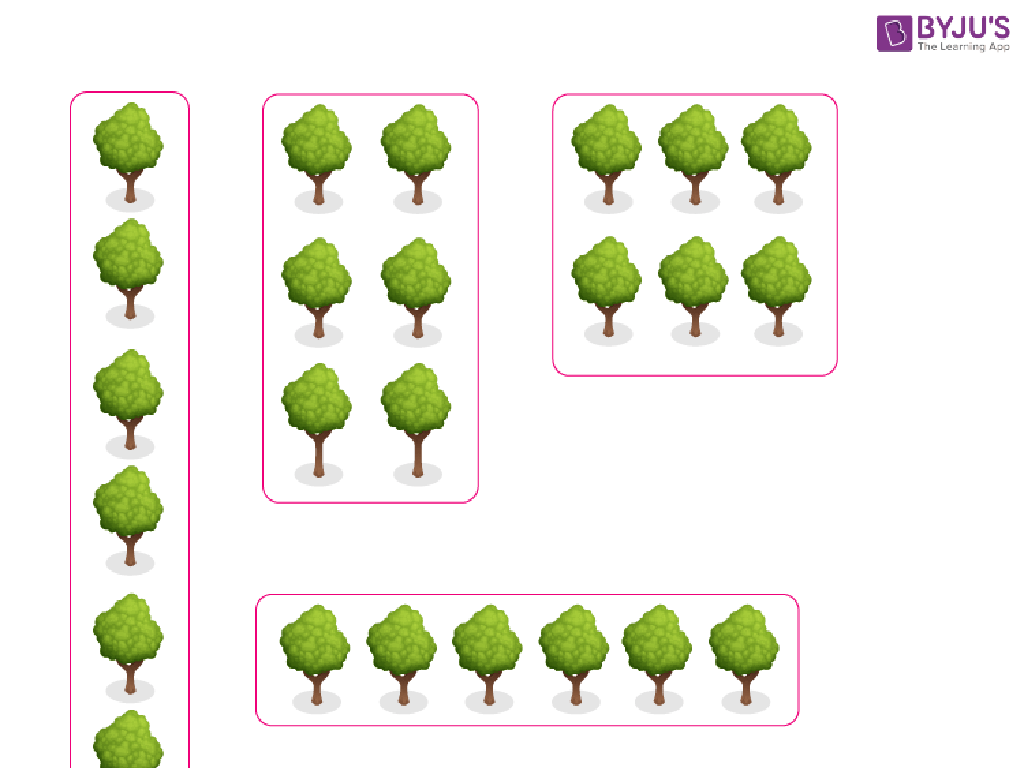Identify The Narrative Point Of View
Subject: Language arts
Grade: Fourth grade
Topic: Point Of View
Please LOG IN to download the presentation. Access is available to registered users only.
View More Content
Exploring Narrative Point of View
– What is Point of View?
– It’s the ‘eyes’ through which we see a story unfold.
– Types of narrative perspectives
– First person ‘I’, second person ‘you’, third person ‘he/she/they’.
– Importance of Point of View
– It shapes how we experience the story’s events and characters.
– Identifying Point of View in stories
– Look for clue words like ‘I’, ‘you’, or ‘he/she’ to determine POV.
|
Begin the lesson by defining the point of view as the perspective from which a story is told. Explain the different types of narrative perspectives: first person, second person, and third person, and how they change the way a story is experienced. Discuss why point of view is crucial in storytelling, as it influences the reader’s connection to the characters and understanding of the plot. Provide examples from familiar stories and encourage students to practice identifying the narrative point of view by looking for specific pronouns that signal the perspective. This will help them become more aware of the storyteller’s role and enhance their comprehension skills.
Exploring Narrative Points of View
– What is narrative point of view?
– It’s the perspective from which a story is told.
– Types: First, Second, Third Person
– ‘I’ or ‘we’ for First Person, ‘you’ for Second Person, ‘he/she/they’ for Third Person.
– Examples of each point of view
– First Person: ‘I loved my new school.’ Second Person: ‘You walk into a room.’ Third Person: ‘She waved at her friend.’
– Understanding through characters’ eyes
|
The narrative point of view is crucial for students to understand as it shapes the entire experience of a story. Begin by explaining that it’s like looking through a character’s eyes to see their world. Introduce the three main types: First Person uses ‘I’ or ‘we’ and lets us see the story from the narrator’s direct experience. Second Person addresses the reader as ‘you,’ making them feel part of the story. Third Person uses ‘he,’ ‘she,’ or ‘they’ and gives an outside perspective. Provide clear examples for each to help students recognize them in texts. Encourage students to think about how the story might change if told from a different point of view.
Understanding First Person Point of View
– Told by a character in the story
– The narrator is part of the story and shares their experiences directly.
– Look for ‘I’, ‘me’, ‘we’, ‘us’
– These pronouns signal that the narrator is speaking about their own experience.
– Example: ‘I walked my dog in the park.’
– This sentence shows the narrator’s personal action, indicating first person POV.
|
This slide introduces students to the first person point of view in narratives. Explain that when a story is told using ‘I’, ‘me’, ‘we’, or ‘us’, it’s the character within the story who is speaking directly to the reader. This point of view allows readers to see the world through the character’s eyes and emotions. Use the example sentence to illustrate how the narrator is involved in the story. Encourage students to find their own examples in class, and discuss how the first person point of view changes their connection to the story compared to other points of view.
Understanding Second Person Point of View
– Narrator speaks to the reader
– It’s like the author is talking to you personally.
– Search for ‘you’ in the text
– ‘You’ makes you feel part of the story.
– Example: ‘You open the door…’
– Imagine yourself in the story doing the action.
|
The second person point of view is when the narrator addresses the reader directly using ‘you.’ This is less common in literature but can be very engaging, as it places the reader in the story. When reading with students, point out sentences that use ‘you’ and discuss how it affects their experience of the story. Use interactive reading to illustrate this point of view by having students imagine themselves in the scenarios being described. This will help them to identify and understand the second person narrative in texts they encounter.
Understanding Third Person Point of View
– Narrator is outside the story
– Like a storyteller sharing a tale about others
– Uses ‘he’, ‘she’, ‘they’
– Look for these words to identify third person
– Spotting ‘his’, ‘her’, ‘their’
– Possessive forms also indicate third person
– Example: Describing a sunrise
– ‘She watched the sunrise from her window.’
|
This slide introduces the concept of the third person point of view in narratives, where the narrator is not a character in the story but an outside observer. Teach students to identify this point of view by looking for third person pronouns like ‘he’, ‘she’, and ‘they’, as well as possessive forms such as ‘his’, ‘her’, and ‘their’. Use the example sentence to show how the narrator is describing someone else’s experience. Encourage students to find examples of third person narrative in their favorite books and to be mindful of the narrator’s perspective when they read or write stories.
Exploring Narrative Point of View
– Clues for identifying point of view
– Look for pronouns like ‘I,’ ‘you,’ ‘he,’ ‘she,’ ‘we,’ and ‘they.’
– Practice with sample sentences
– We’ll read sentences and decide if it’s first, second, or third person.
– Reasons for an author’s point of view choice
– Different points of view can affect the reader’s connection to the story.
|
This slide is aimed at helping students understand the concept of narrative point of view. Start by explaining that point of view is the perspective from which a story is told. Teach them to look for pronouns as clues: ‘I’ or ‘we’ for first person, ‘you’ for second person, and ‘he,’ ‘she,’ ‘it,’ or ‘they’ for third person. Use sample sentences to practice identifying the point of view. Discuss with students why an author might choose a particular point of view, such as first person for a personal touch or third person for a broader scope. Encourage students to think about how the story would change if told from a different point of view.
Let’s Practice Point of View!
– Read a paragraph as a class
– Identify the narrator’s perspective
– Is the story told by ‘I’ or ‘we’ (first-person) or ‘he’, ‘she’, ‘they’ (third-person)?
– Discuss clues indicating point of view
– Look for words like ‘I’, ‘my’, ‘we’, ‘he’, ‘she’, ‘they’, ‘their’
– Explain our reasoning together
– Share thoughts on how the choice of narrator affects the story
|
This slide is for a class activity focused on identifying narrative point of view. Start by reading a short paragraph with the class, ensuring that all students are following along. Then, as a group, determine whether the narrative is in the first person, second person, or third person. Discuss the specific words or phrases that helped identify the point of view. Encourage students to explain why they think the paragraph is written from that perspective. This activity will help students understand how the narrative point of view can change the way a story is told and interpreted. Provide guidance and examples as needed, and ensure that every student participates in the discussion.
Class Activity: Point of View Hunt
– Find point of view examples
– Work in pairs on favorite books
– Identify each point of view type
– First person, second person, third person limited, or third person omniscient
– Share findings with the class
|
This activity is designed to help students identify and understand different narrative perspectives. Have the students select their favorite books and work in pairs to find examples of the various points of view: first person, second person, third person limited, and third person omniscient. Encourage them to discuss how the point of view affects the story. After the activity, each pair will share their examples with the class, explaining why they believe their chosen excerpts represent a particular point of view. This will foster collaborative learning and enhance their analytical skills. As a teacher, be prepared to guide them with prompts or questions if they struggle to find examples or determine the point of view.
Conclusion: The Power of Point of View
– Importance of point of view
Understanding point of view helps us grasp the story better.
– Point of view aids comprehension
Knowing the narrator’s perspective can deepen our understanding of the story.
– Apply knowledge in reading
We’ll use this understanding in our upcoming reading sessions.
– Reflect on what we’ve learned
|
As we wrap up our lesson on narrative point of view, it’s crucial for students to understand why this concept is important. Recognizing whether a story is told from the first, second, or third person perspective allows readers to better connect with the characters and understand the motivations behind their actions. This knowledge also enhances comprehension and critical thinking skills as students learn to distinguish between different narrators’ perspectives. In our next reading adventure, students will be encouraged to identify the point of view from which the story is told and reflect on how this influences their interpretation of the text. This will not only make reading more engaging but also improve their analytical skills.






